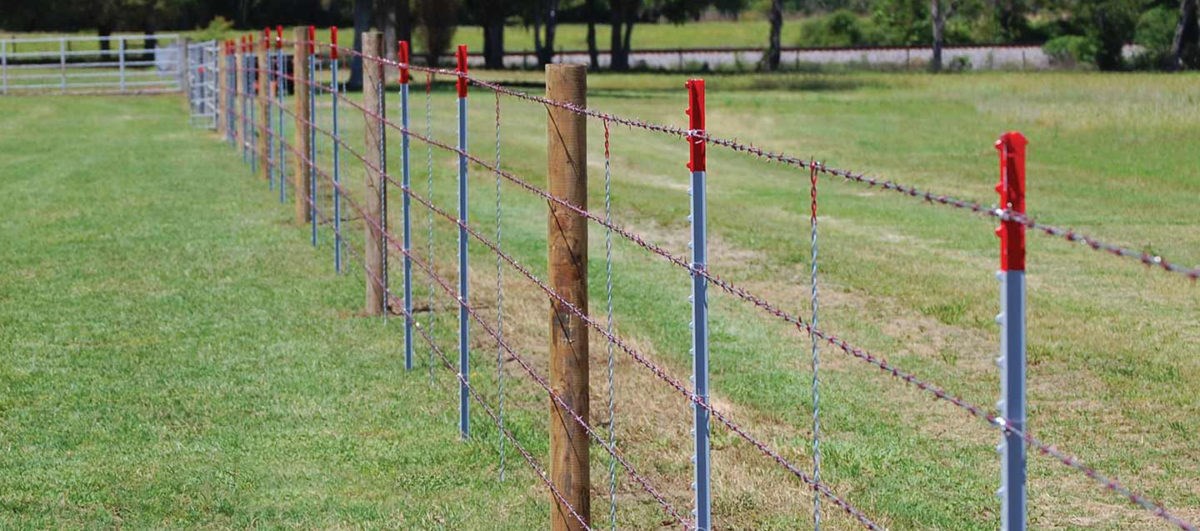

Articles
How To Tighten Wire Fence
Modified: December 7, 2023
Learn the best techniques and tips in our articles on how to tighten wire fence. Safely secure your fence for added protection and durability.
(Many of the links in this article redirect to a specific reviewed product. Your purchase of these products through affiliate links helps to generate commission for Storables.com, at no extra cost. Learn more)
Introduction
Wire fences are commonly used for various purposes, including securing property boundaries, containing animals, and providing added security. Over time, these fences can become loose and saggy due to weather conditions, animal activity, or general wear and tear. A sagging wire fence not only compromises its effectiveness but also affects the overall aesthetics of the property.
If you’re experiencing a loose wire fence, don’t worry – you can easily tighten it up and restore its stability. This article will guide you through the step-by-step process of tightening a wire fence.
Before we dive into the details, it’s important to gather the necessary tools and materials. Here’s what you’ll need:
- Wire cutters
- Wire stretcher
- Tensioning tool (such as a fence strainer or come-along)
- Gloves for hand protection
- Safety glasses
Now that you have all the tools ready, let’s move on to the next step: determining the areas that need tightening.
Key Takeaways:
- Easily restore the stability of your wire fence by following a step-by-step process, from gathering tools to testing its stability. Regular maintenance ensures a secure and effective perimeter for your property.
- Take control of your wire fence’s stability and security with simple steps, from identifying loose areas to testing its resistance. Tighten with confidence and enjoy a secure perimeter for your property.
Read more: How To Stretch Wire Fence
Step 1: Gather the necessary tools and materials
Before you start tightening your wire fence, it’s important to gather all the necessary tools and materials. Here’s a list of what you’ll need:
- Wire cutters: These will be used to cut any excess or damaged wire during the tightening process.
- Wire stretcher: A wire stretcher is an essential tool that will help you pull the wire tight and maintain tension.
- Tensioning tool: Depending on the type of wire and fence you have, you may need a tensioning tool such as a fence strainer or come-along to apply adequate tension.
- Gloves: It’s important to protect your hands while working with wire. Choose a pair of gloves that provide a good grip and protection against cuts.
- Safety glasses: Safety glasses are crucial to protect your eyes from flying debris or wire fragments.
Once you have gathered all the necessary tools, double-check that everything is in good working condition. Inspect your wire cutters to ensure the blades are sharp, and make sure your tensioning tool is in good shape and functions properly.
It’s also a good idea to have replacement wire on hand in case you need to replace any damaged sections. Make sure the wire matches the gauge and type of wire currently in your fence.
With all the tools and materials ready, you’re now prepared to move on to the next step: determining the areas that need tightening.
Step 2: Determine the areas that need tightening
Once you have gathered all the necessary tools and materials, it’s time to determine which areas of your wire fence need tightening. Take a walk along the fence line and look for any sagging or loose sections. These can be easily identified by a noticeable dip in the wire or if the wire can be easily pushed or pulled.
Pay attention to corners, gates, and end posts, as these areas tend to experience more tension and may require extra tightening. Additionally, areas where the wire is attached to posts or supports should be checked for any signs of slackness.
If you have trouble identifying the loose areas visually, you can gently push against the wire using your hand or gently tap it with a stick. A tight wire will not move significantly, while a loose wire will show noticeable movement or sagging.
As you identify the areas that need tightening, mark them using small flags or markers. This will help you easily locate and focus on specific areas during the tightening process.
Keep in mind that some areas may require more tension than others. For example, areas where livestock push against the fence or where snow or wind loads are common may need extra tension to maintain stability.
With the loose areas identified and marked, you’re ready to move on to the next step: loosening the tension on the wire fence.
Step 3: Loosen the tension on the wire fence
Before you can begin tightening your wire fence, you first need to loosen the tension. This step is crucial to ensure that you can easily adjust the wire and achieve the desired tension.
Start by locating the tensioning devices on your fence. These are typically located at the corners or ends of the fence line and are used to hold the wire in place and maintain tension.
Using your tensioning tool, such as a fence strainer or come-along, begin loosening the tension on the wire. This is done by turning the tool in the opposite direction of the tension, typically counterclockwise. Apply steady pressure until you feel the tension on the wire release.
Be sure to loosen the tension gradually and not release it abruptly. This will help prevent any sudden movements or accidents during the process.
Once the tension is sufficiently loosened, you can move on to the next step: adjusting and tightening the wire.
Remember, safety should always be a priority during this process. Wear your gloves and safety glasses to protect yourself from any potential injuries.
With the tension released, you’re now ready to move on to adjusting and tightening the wire in the next step.
Step 4: Adjust and tighten the wire
With the tension on your wire fence released, it’s time to adjust and tighten the wire to restore its stability and proper tension. Follow these steps to ensure an effective tightening process:
- Start at one end of the fence line and work your way towards the opposite end. This will help you maintain a systematic approach and ensure consistent tension throughout the fence.
- Choose a loose section of wire that needs tightening. You can refer to the markers or flags you placed in Step 2 to easily identify these areas.
- Using your wire stretcher, grip the loose wire and pull it tightly towards the next post or support. Apply enough pressure to eliminate any sagging or slackness in the wire. Make sure the wire is evenly tensioned along its entire length.
- While holding the wire in place with the wire stretcher, use your tensioning tool to gradually tighten the tensioning device. This will increase the tension on the wire and hold it securely in place.
- Continue moving along the fence line, repeating the process for each loose section. Adjust and tighten the wire until all sagging areas are addressed.
It’s essential to take your time during this process and ensure that the wire is properly tensioned. Over-tightening the wire can lead to excessive stress on the fence posts or supports, while under-tightening can result in inadequate stability.
Check the tension regularly as you go along and make any necessary adjustments. It’s also important to maintain a consistent tension throughout the fence to ensure its overall stability.
Once you have adjusted and tightened all the necessary sections, you can move on to the next step: re-checking and ensuring proper tension.
Regularly check and tighten the tension of the wire fence by using a fence stretcher or come-along to ensure it remains secure and effective in containing animals or defining property boundaries.
Read more: How To Build Wire Fence
Step 5: Re-check and ensure proper tension
After adjusting and tightening the wire fence, it’s crucial to re-check and ensure that the tension is adequate and consistent to maintain its stability. Follow these steps to properly assess the tension:
- Walk along the entire length of the fence and visually inspect each section. Look for any signs of sagging or excessive tension.
- Gently push against the wire at various points to check for movement or excessive give. The wire should remain taut and firm without significant movement.
- If you notice any areas that still feel loose or show signs of sagging, make further adjustments by applying more tension using your wire stretcher and tensioning tool.
- Ensure that the tension on the wire is consistent throughout the fence line. Pay close attention to corners, gates, and end posts where additional tension may be required.
- Continue re-checking and adjusting the tension until you are satisfied with the stability and tautness of the wire fence.
Remember to maintain a balance between adequate tension and avoiding over-tightening. Over-tightening can strain the fence posts or supports, leading to potential damage or failure.
Once you have ensured proper tension and stability, you can move on to the next step: trimming excess wire if necessary.
Take your time during this step to thoroughly inspect the fence and make any necessary adjustments. Proper attention to detail will help ensure a well-tightened and secure wire fence.
Step 6: Trim excess wire if necessary
After tightening your wire fence, you may find that there are excess lengths of wire that need to be trimmed for a clean and professional appearance. Trimming the excess wire is essential to avoid any safety hazards and to ensure a neat and tidy finish. Follow these steps to trim any excess wire:
- Identify any sections where the wire extends beyond the desired length.
- Using a pair of wire cutters, carefully cut the excess wire at a point close to the fence post or support.
- Be cautious while cutting to avoid any accidental injuries or damage to the fence.
- Dispose of the trimmed wire properly to prevent any tripping hazards or potential harm to animals.
It’s important to note that you should only trim the excess wire that is protruding beyond the fence line. Avoid cutting any wire that is necessary for the structural integrity and proper tension of the fence.
If you are unsure about which sections to trim, consult a fencing professional or seek advice from experienced individuals to ensure you do not compromise the effectiveness and stability of your wire fence.
With the excess wire trimmed, you can move on to the final step: testing the fence’s stability.
Take your time while trimming the excess wire to ensure a clean and professional finish. Attention to detail will go a long way in enhancing the overall look of your wire fence.
Step 7: Test the fence’s stability
After tightening and trimming your wire fence, it’s essential to test its stability to ensure that it can withstand the intended purpose. Conducting a thorough stability test will give you peace of mind and confidence in the effectiveness of your fence. Follow these steps to test the fence’s stability:
- Walk along the entire length of the fence and visually inspect each section. Look for any signs of movement, sagging, or loose wire.
- Gently push against the fence at various points to assess its resistance. It should not move significantly or give in easily.
- If you have livestock, observe their behavior near the fence. Ensure that they cannot easily escape or push against the fence to create openings.
- If you notice any areas of concern during the stability test, go back and make further adjustments to address the issues. Proper tension and support are key to maintaining a stable fence.
- Test the stability of gates separately. Open and close them to ensure they operate smoothly and securely. Check the latch or locking mechanism to ensure it is functioning properly.
It’s important to regularly inspect and test the stability of your wire fence to address any potential issues promptly. Factors such as weather conditions, animal activity, or regular wear and tear can require occasional adjustments or repairs.
Now that you have tested the fence’s stability and are satisfied with its performance, you can take satisfaction in knowing that your wire fence is secure and functional.
Congratulations! You have successfully tightened your wire fence and restored its stability. With proper maintenance and periodic checks, your fence will continue to serve its purpose effectively.
Conclusion
By following the step-by-step process outlined in this article, you can easily tighten your wire fence, restoring its stability and effectiveness. Regular maintenance and adjustments are crucial to ensure the longevity and functionality of your fence.
Throughout the process, it’s important to gather the necessary tools and materials, determine the areas that need tightening, and loosen the tension on the wire for easy adjustment. Adjusting and tightening the wire evenly along the fence line is key to achieving proper tension.
Remember to re-check the tension and ensure its consistency, making any necessary adjustments along the way. Trim excess wire carefully to maintain a clean and professional appearance while avoiding safety hazards. Finally, test the fence’s stability to ensure it meets the requirements of its intended purpose.
Regular inspection and maintenance are essential to address any potential issues and make necessary adjustments promptly. By staying proactive, you can ensure that your wire fence remains secure and effective in its role, whether it’s securing your property, containing animals, or providing added security.
So, don’t let a loose wire fence bother you any longer. Follow these steps, roll up your sleeves, and tighten your wire fence with confidence. Remember, the stability and security of your fence are within your control.
Keep in mind that if you encounter any challenges or have concerns about the process, it’s best to consult a fencing professional for guidance and assistance. They can provide expert advice specific to your fence’s design and materials.
Now, go ahead and tighten that wire fence, enjoying the peace of mind that comes with a secure and stable perimeter.
Frequently Asked Questions about How To Tighten Wire Fence
Was this page helpful?
At Storables.com, we guarantee accurate and reliable information. Our content, validated by Expert Board Contributors, is crafted following stringent Editorial Policies. We're committed to providing you with well-researched, expert-backed insights for all your informational needs.
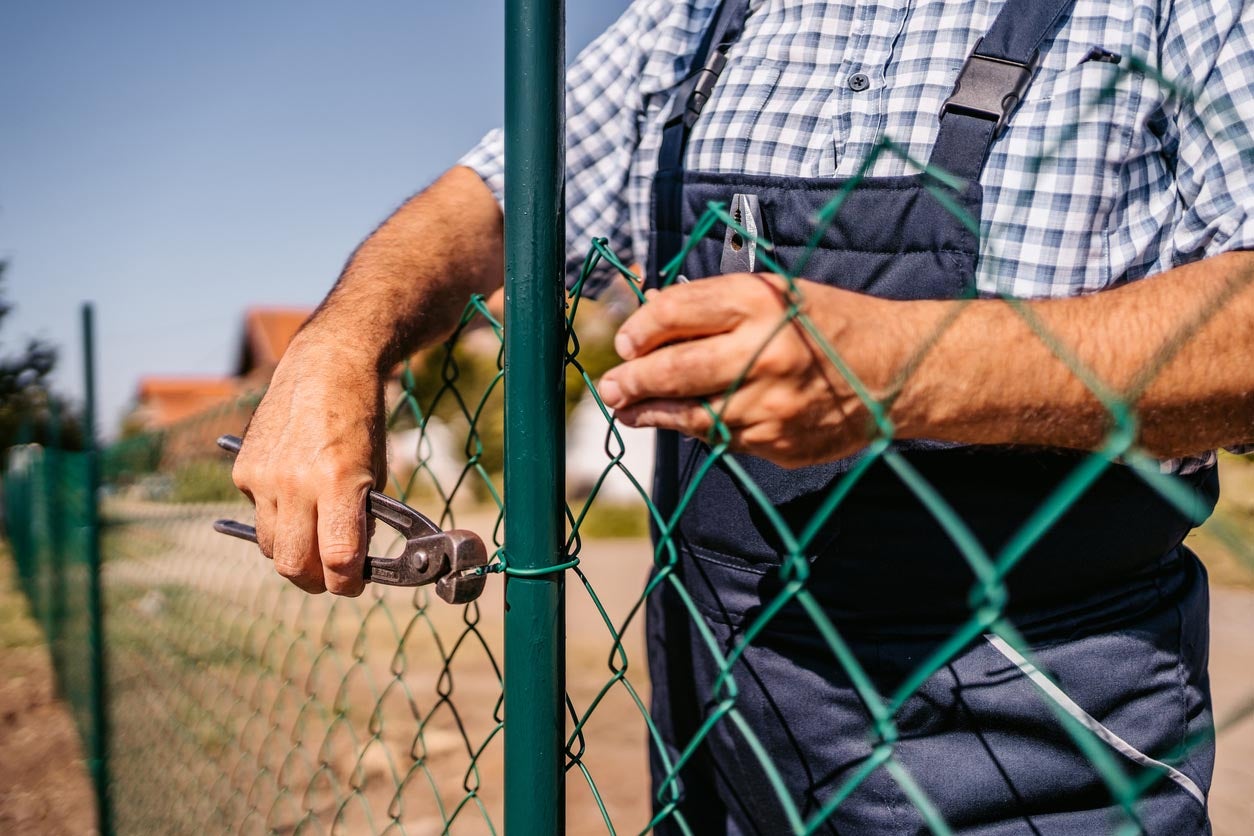
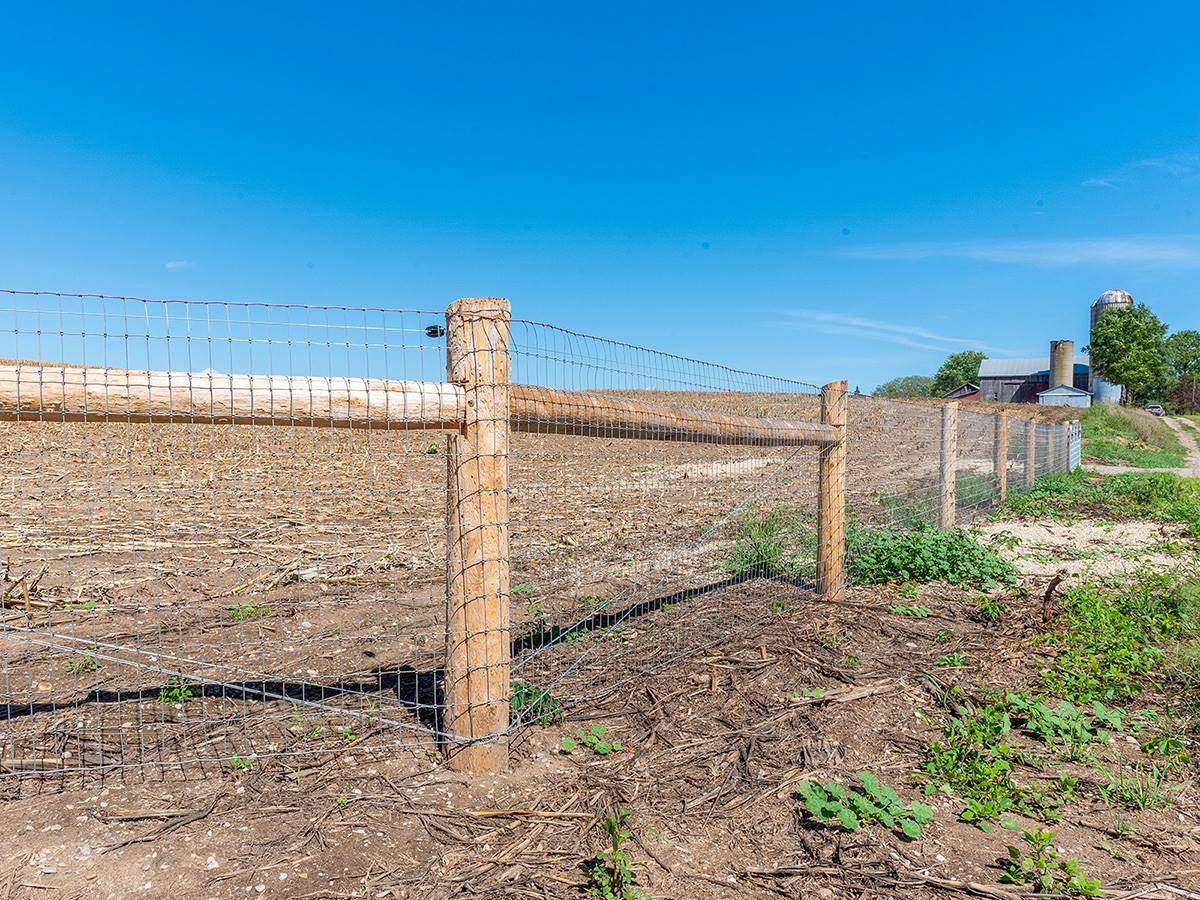
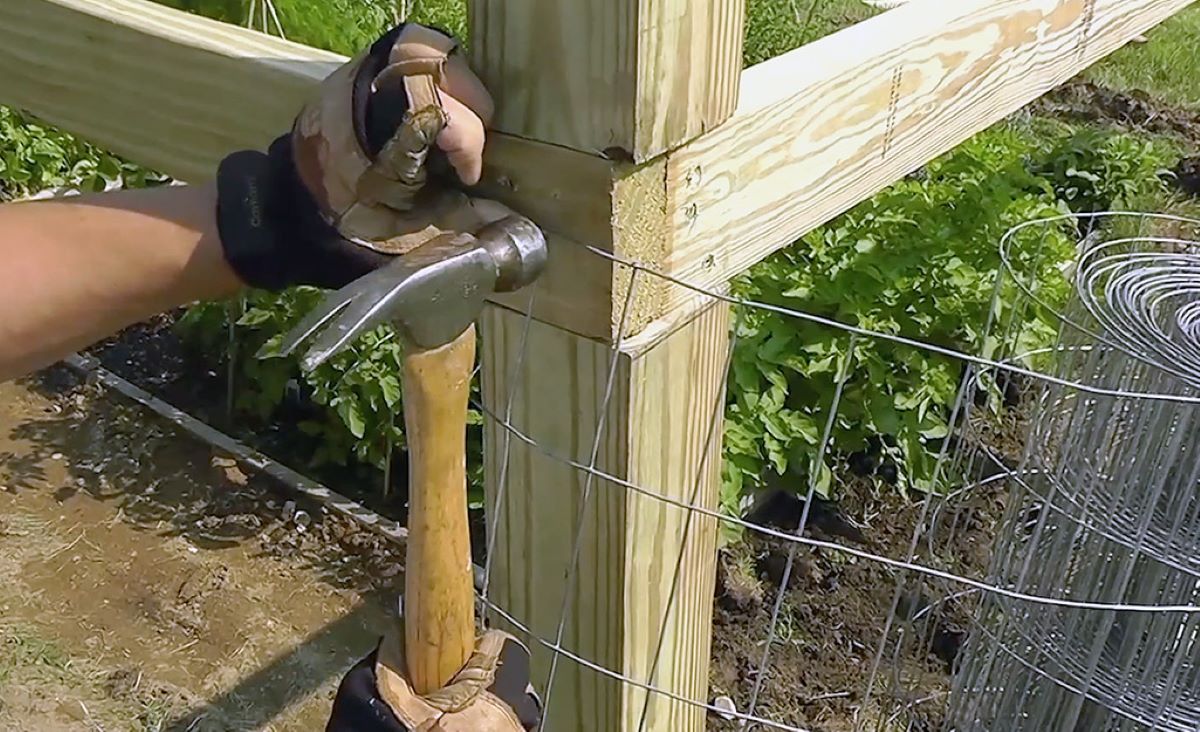
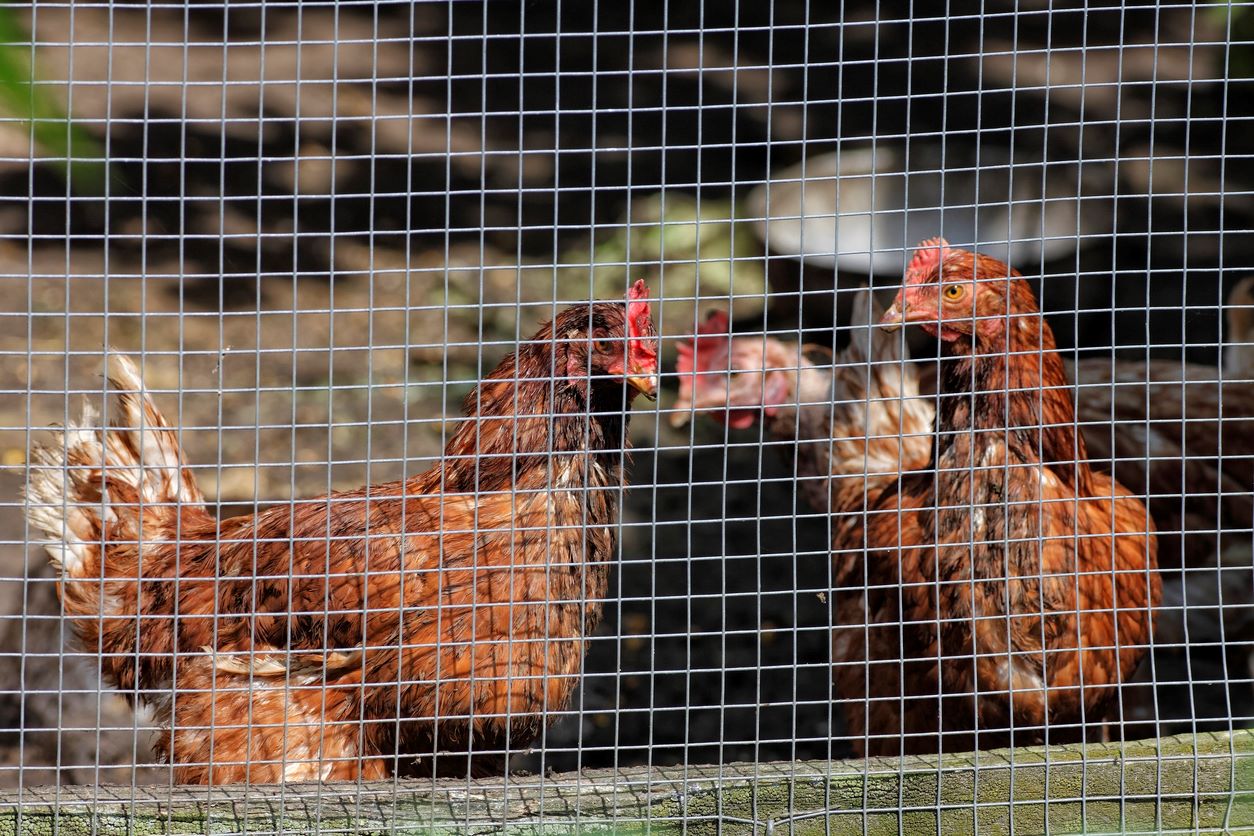
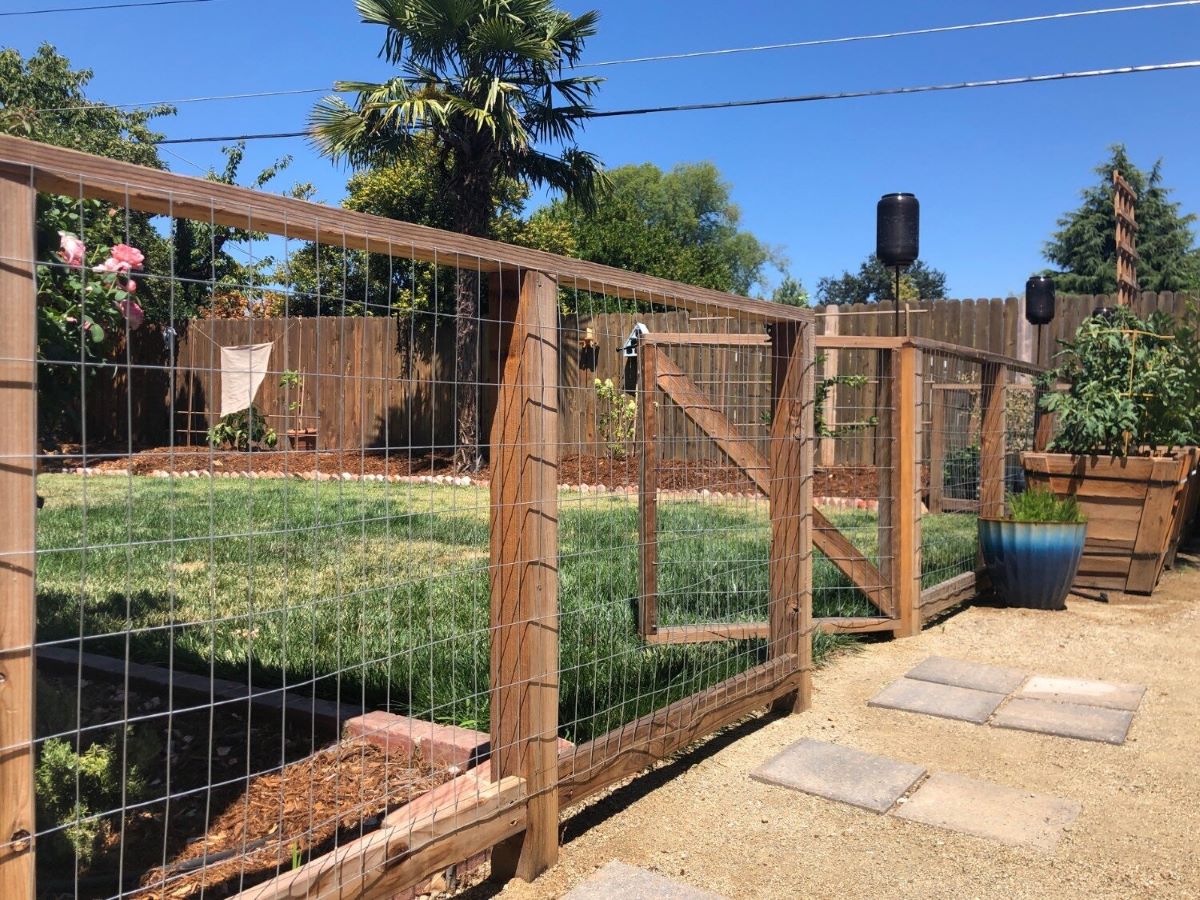
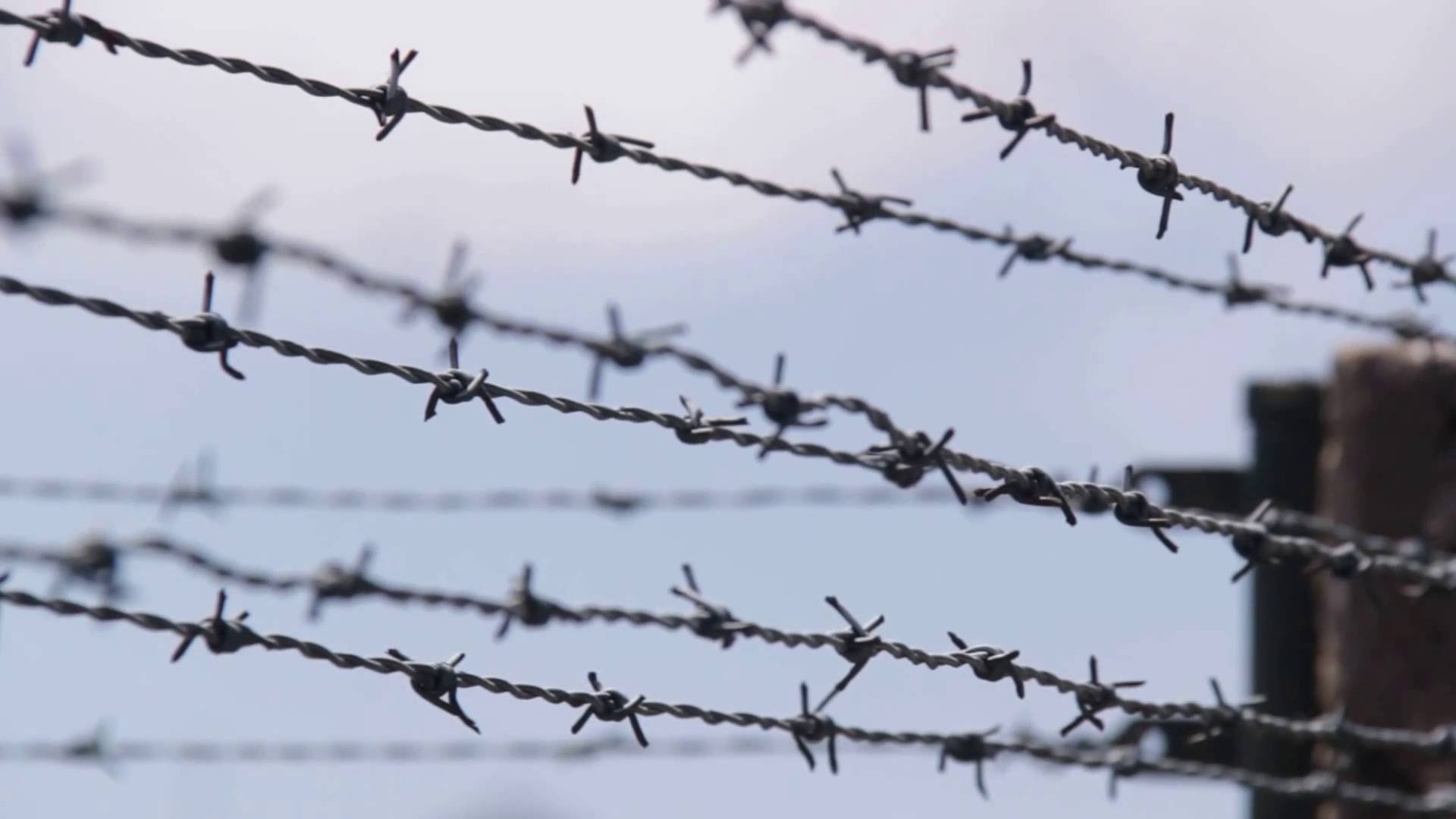
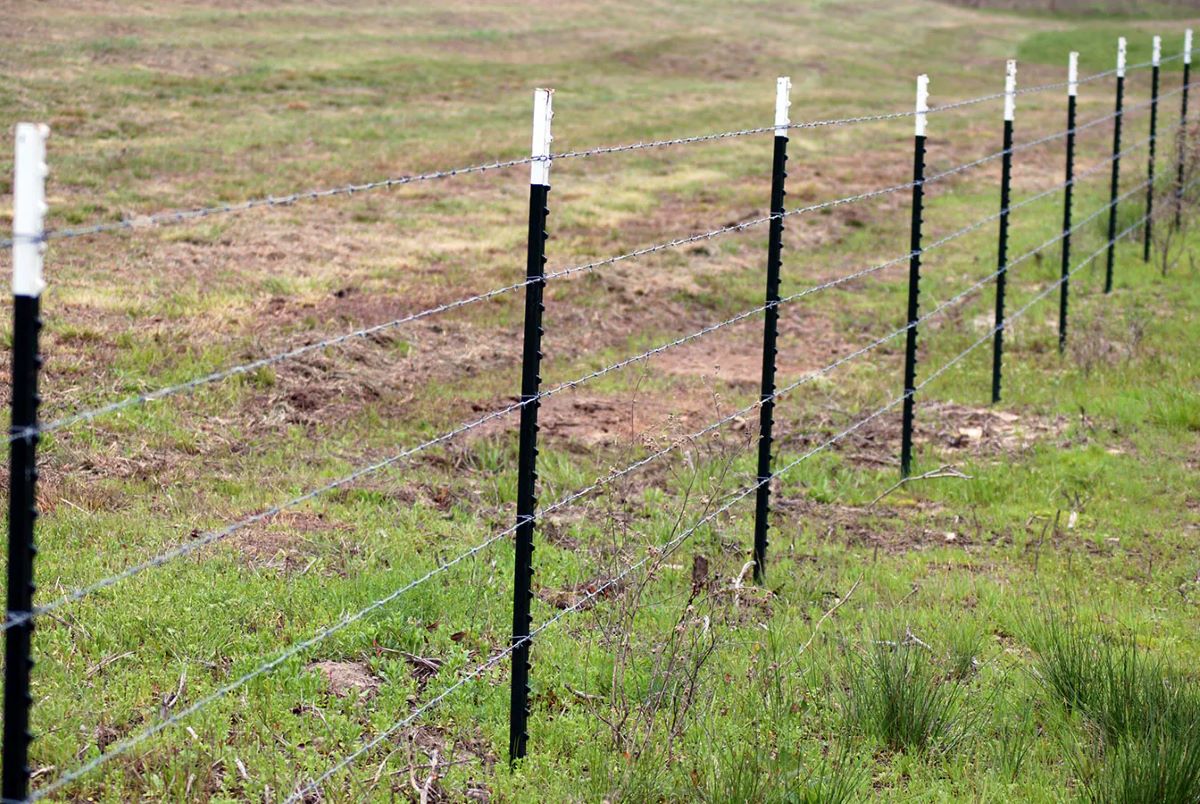
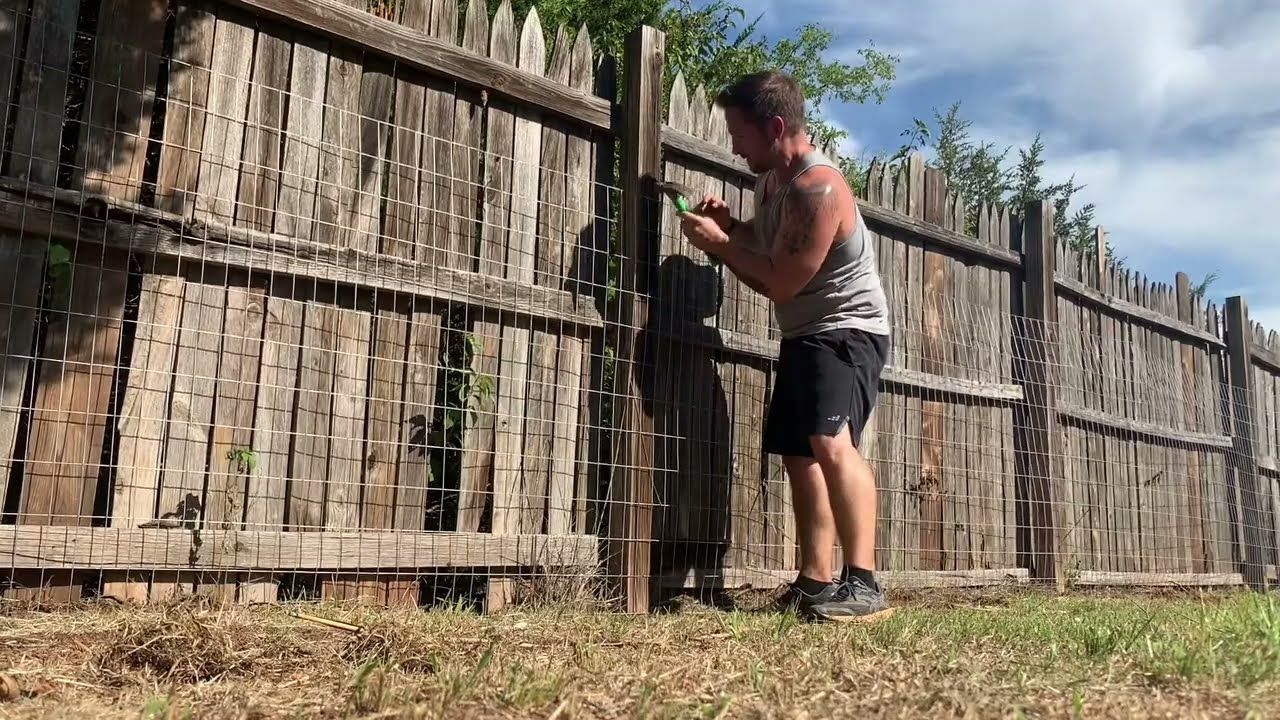
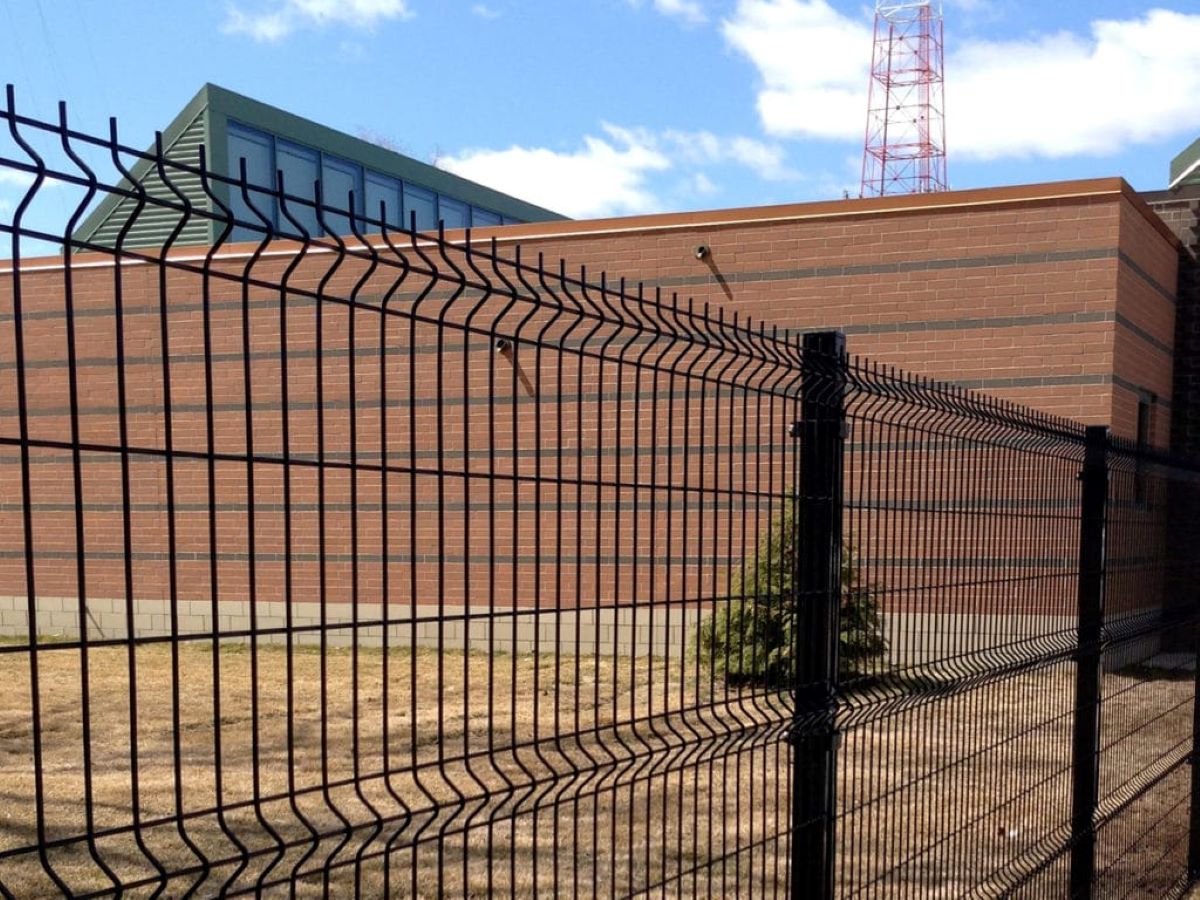
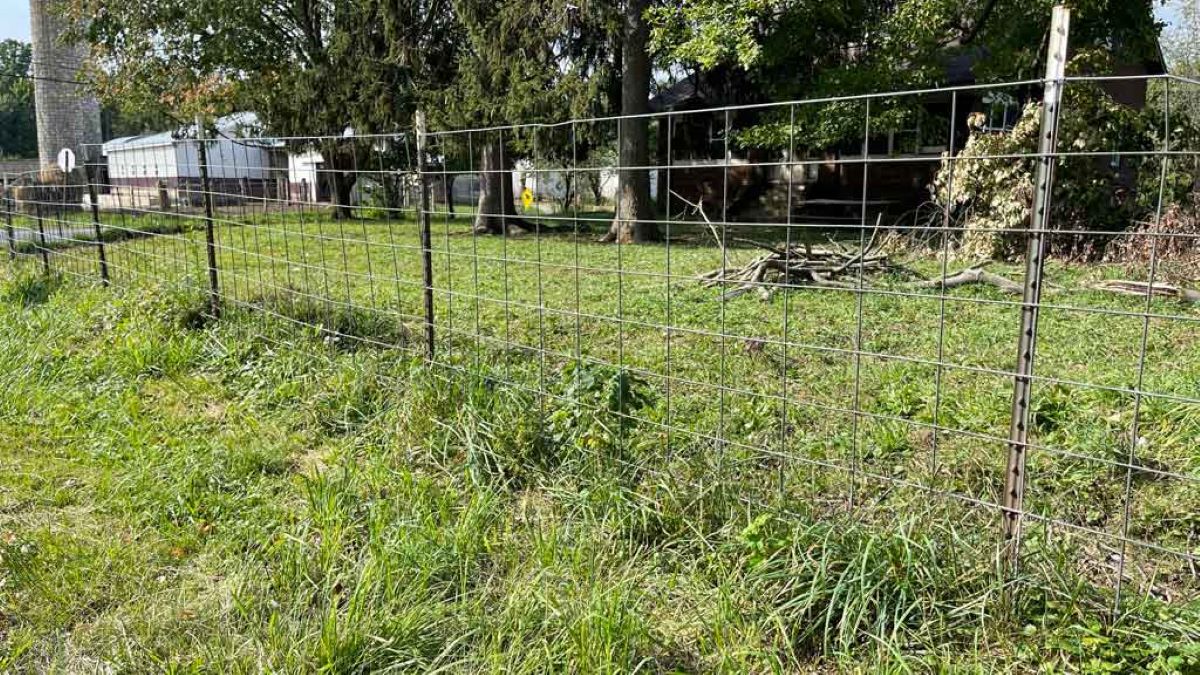
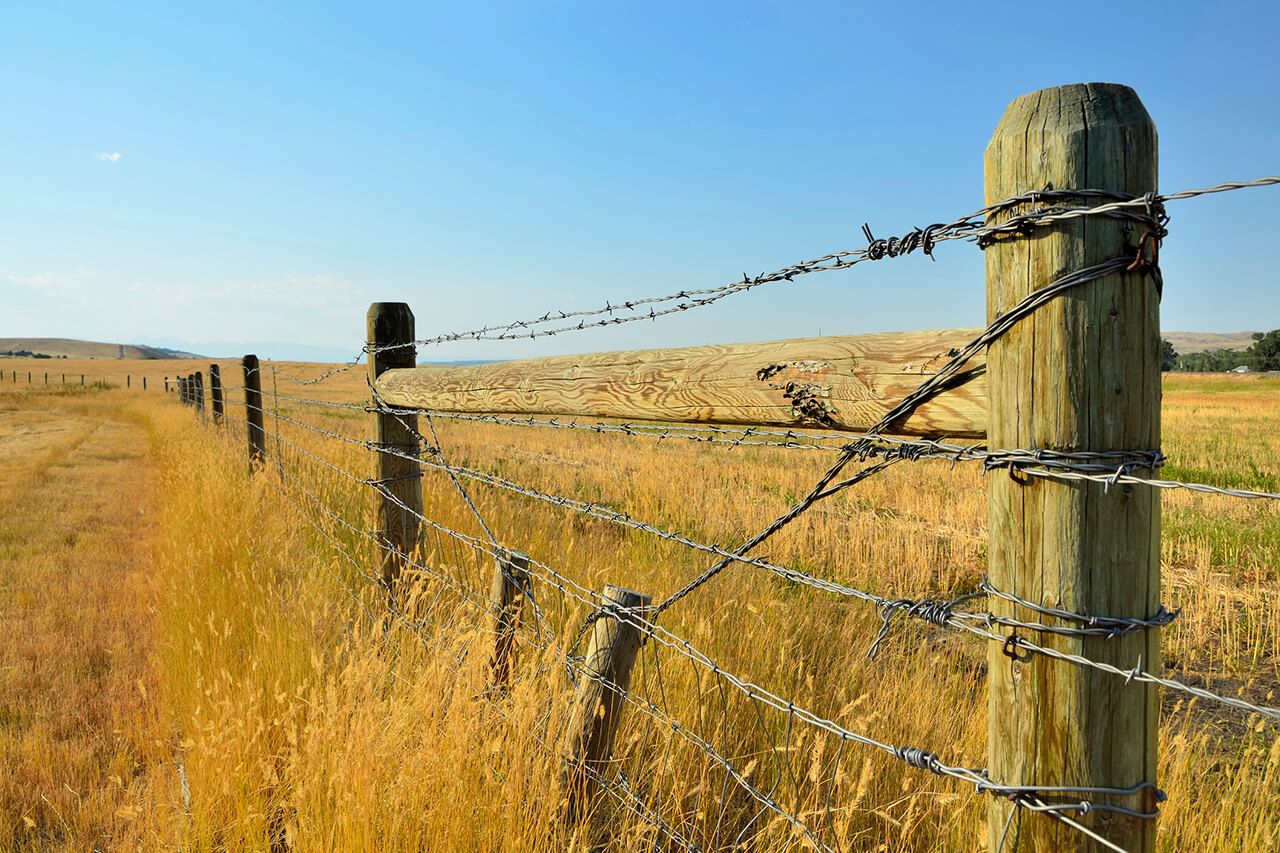
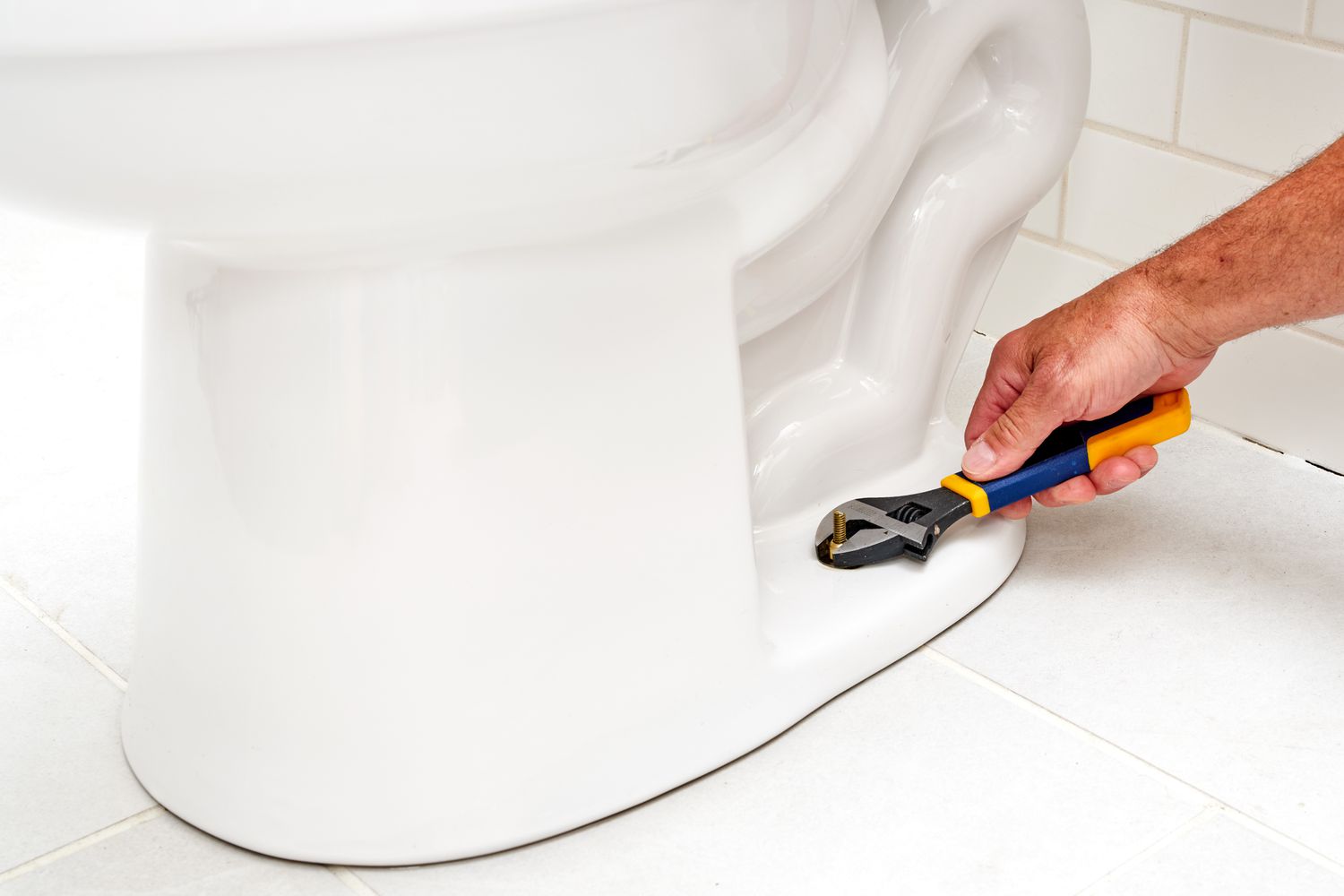
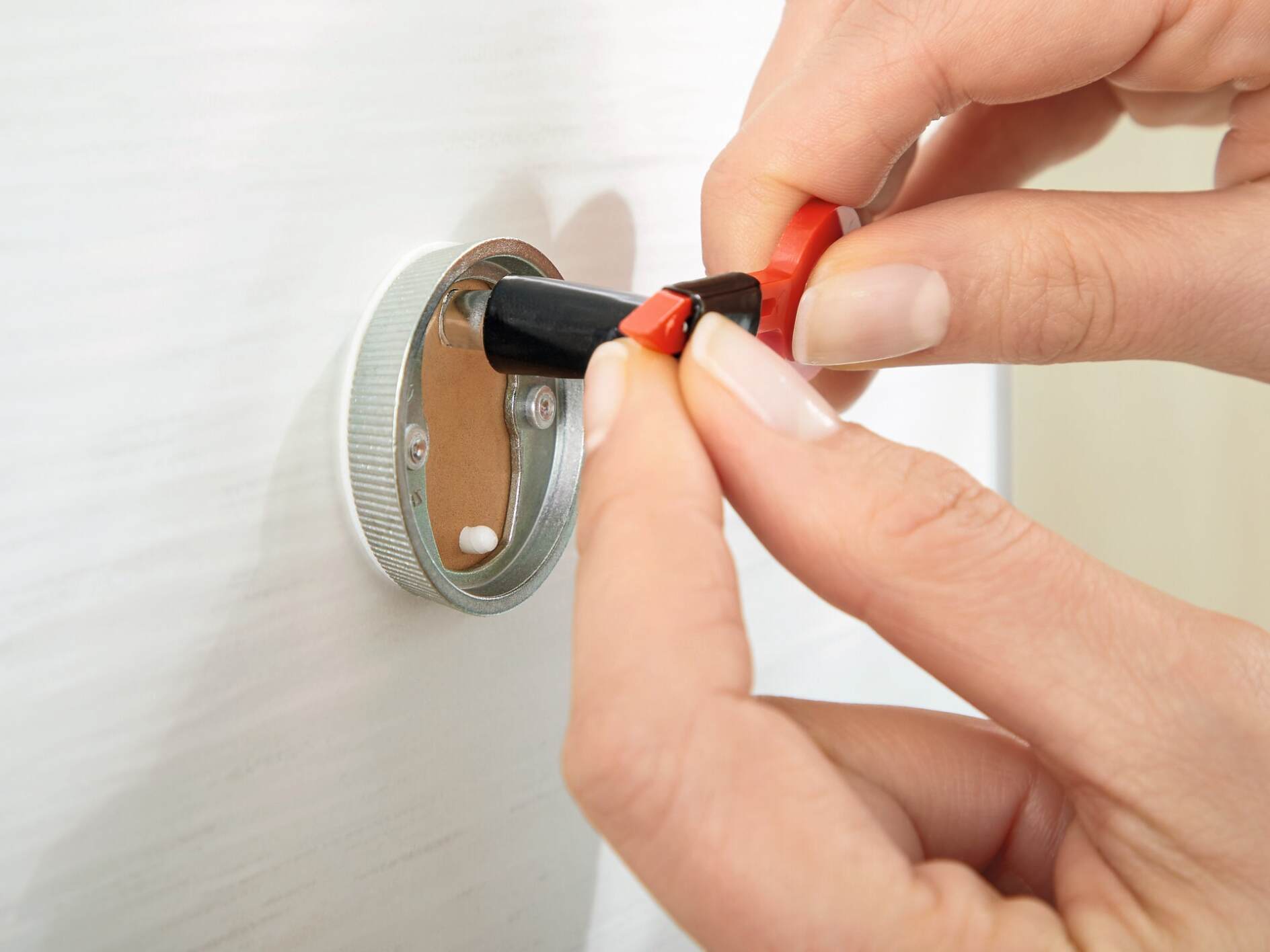
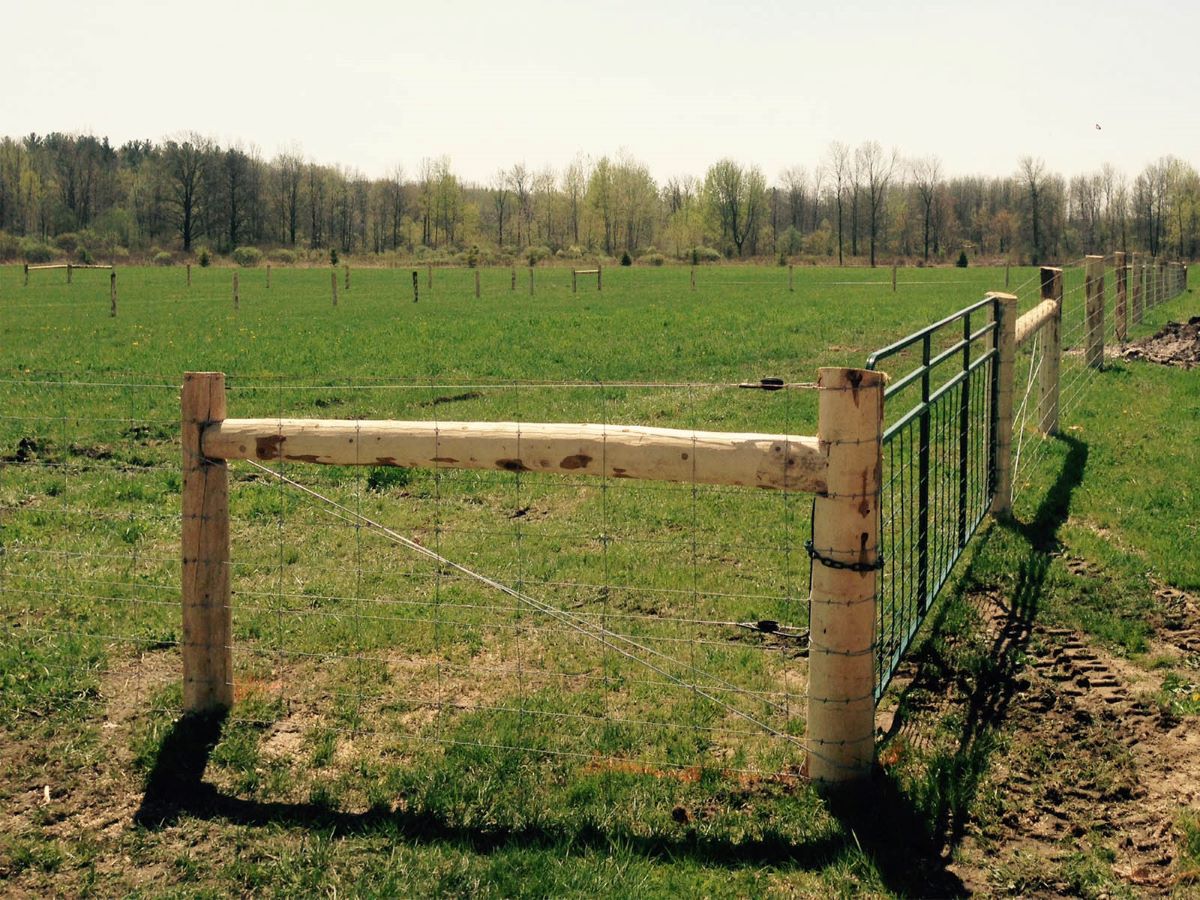

0 thoughts on “How To Tighten Wire Fence”